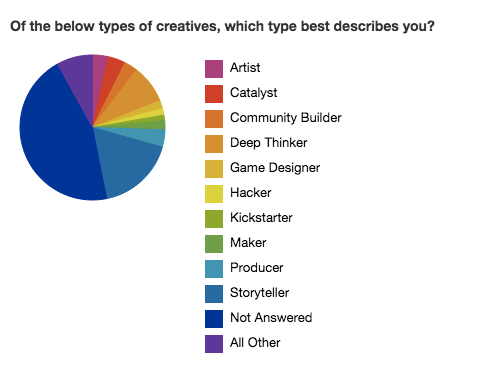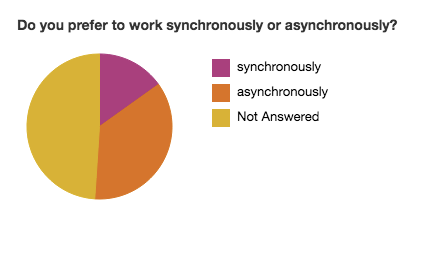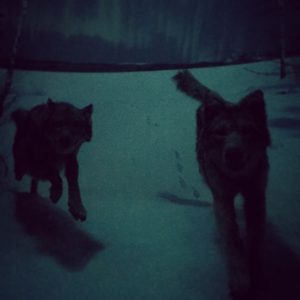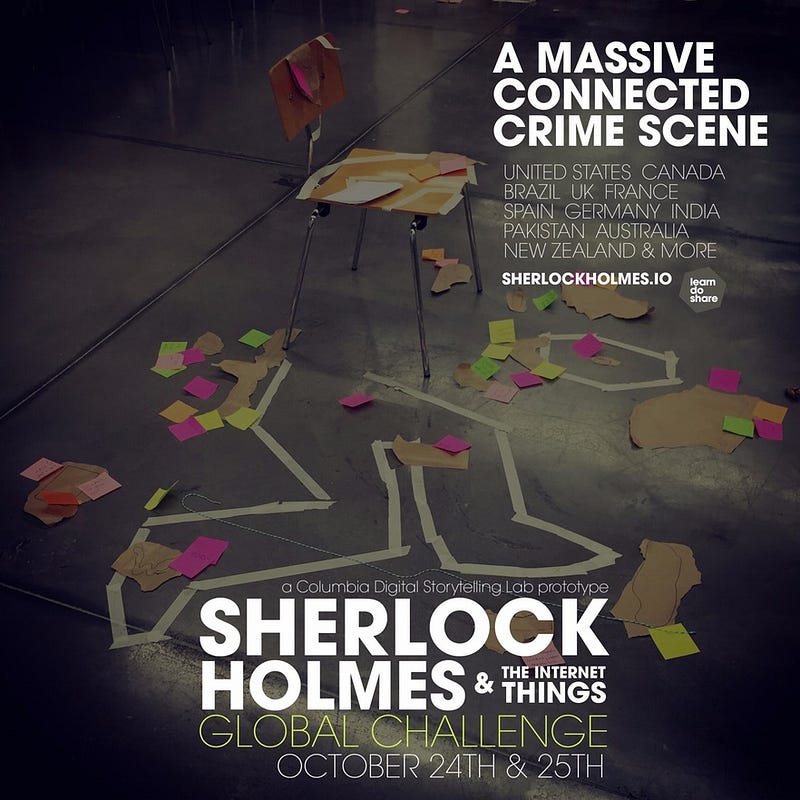Disclaimer when we say MOOC we are NOT talking about a massive open online course but instead referring to a massive online/offline collaboration.
Collaboration can be a bitch. Communication is often strained. Working across time zones with dispersed teams results in often heard phrases such as; “can you hear me?” or “let me restart!” or my favorite “are you getting an echo?”
As I write this we have close to 700 people collaborating within the Sherlock Holmes & the Internet of Things project from 60+ countries. The collaboration is currently broken into two camps — those who applied to the MOOC and those who have formed teams outside of the MOOC. Both are working towards similar goals as they build prototypes intended to answer the Sherlock Global Challenge.
They come from a diversity of backgrounds, an ample mix of storytellers, game designers, hackers, makers as well as fans of Sherlock Holmes. All are connected by a desire to be a part of a massive storytelling experiment. Over 85% of participants that applied for the MOOC stated that one of the driving factors for them participating was the need to be part of a global project that enabled them to meet people, learn new skills and be creative.

Stats from the 1st week of the MOOC

Attempting to build a collaborative space that bridges the physical and digital worlds is not without its challenges. While our MOOC is powered by NovoEd, one of the most innovative platforms on the market, we have broken it twice and we’re only two weeks into a ten week journey. We find ourselves struggling to be adaptive within what is an otherwise restrictive framework. In some instances, the platform dictates the way we deliver the learning experience to participants. And while I appreciate the need to operationalize elements of the process, I can’t help but feel as if we’re caught between the free form nature of our Hackpad (collaborative docs meets wiki) and something rigid like a project management solution such as Baseamp or GitHub. The collaboration space we are creating requires, if not demands, that we be adaptive.
Over the course of the last few months, I’ve had time to reflect on collaborative practice, and in some respects, I feel as if I’m in uncharted territory. This series of articles are an attempt to leave markers for myself so that I can make my way back.

The Wilds of Collaboration
- IT’S ALL ABOUT NARRATIVE collaboration needs a good story. The story helps to communicate while also establishing a sense of purpose.
- PACING consider how you can pace the collaboration. From moments of discovery, to moments of suspense to moments of relief.
- CREATING BOUNDARIES just because you can login into a platform at anytime doesn’t mean a human being should be there. Set boundaries so collaborators respect and understand the human equity involved.
- ARE YOU ADAPTIVE moving at the speed of learning will require you to break from the familiar and the well worn path.
- BEING AGNOSTIC don’t stifle the collaboration by forcing a working method. Provide suggestions but enable a sense of agency as every participant is different.
- TRANSPARENCY do your best to be transparent and when possible embrace radical transparency. The more honest you can be the better as it may be hard at first but the value will be long lasting.
- THE RULES OF ENGAGEMENT have clear guidelines for participants and make them visible. Give yourself a review period so that you don’t make rash decisions based on the emotional swell that accompanies a passionate group of collaborators.
- SHOW DON’T TELL try to reduce the walls of text and tendency for over explanation. People won’t read it. Accept it and plan for it.
- FIND A VOICE audio is a collaboration’s best friend. Something that can play in the background or that you can pack up and carry with you.
- ABILITY TO CONNECT identify simple methods for collaborators to self organize and communicate.
- PROTOTYPING find ways to test, break and repeat. Do it often and make sure to leave time for reflection and nonjudgmental feedback between participants and teams.
- EMBRACE THE FUZZY it is going to be emergent so the sooner you accept that the better.
Sherlock Holmes & the Internet of Things (Sherlock IoT) is an ongoing prototype developed and run by the Columbia University Digital Storytelling Lab that explores new forms and functions of story. Developed out of the Film Program at the School Arts and powered by Columbia University School of Continuing Education (SCE), Sherlock IoT is designed to be an open R&D space that experiments with shifts in authorship and ownership of stories, the massive collaboration also uses a detective narrative to examine the policy and ethical issues surrounding the Internet of Things.
The goal of Sherlock Holmes & the Internet of Things is to build a massive connected crime scene consisting of smart storytelling objects. This fall teams will create, design, build and test prototypes that will be plugged into a number of crime scene locations around the world.

For more details please visit Sherlock Global Challenge